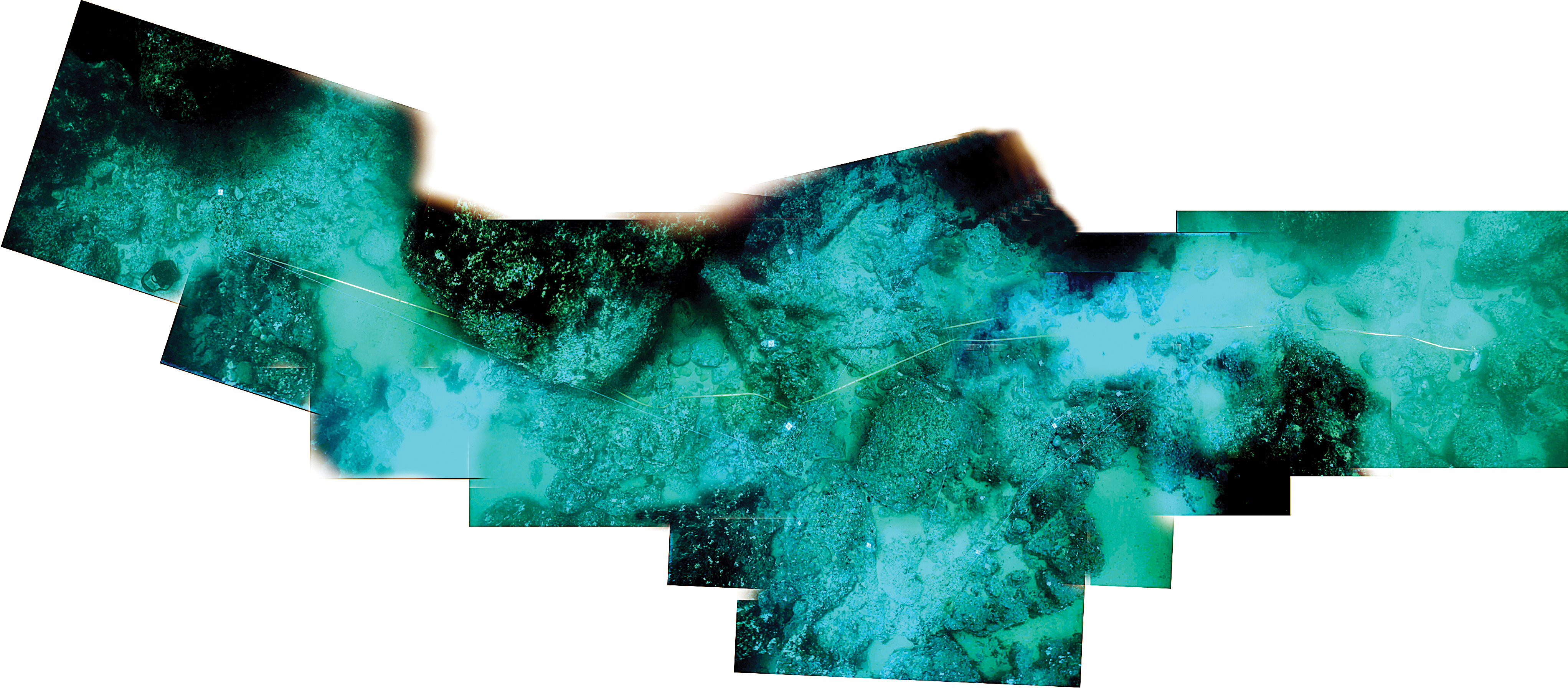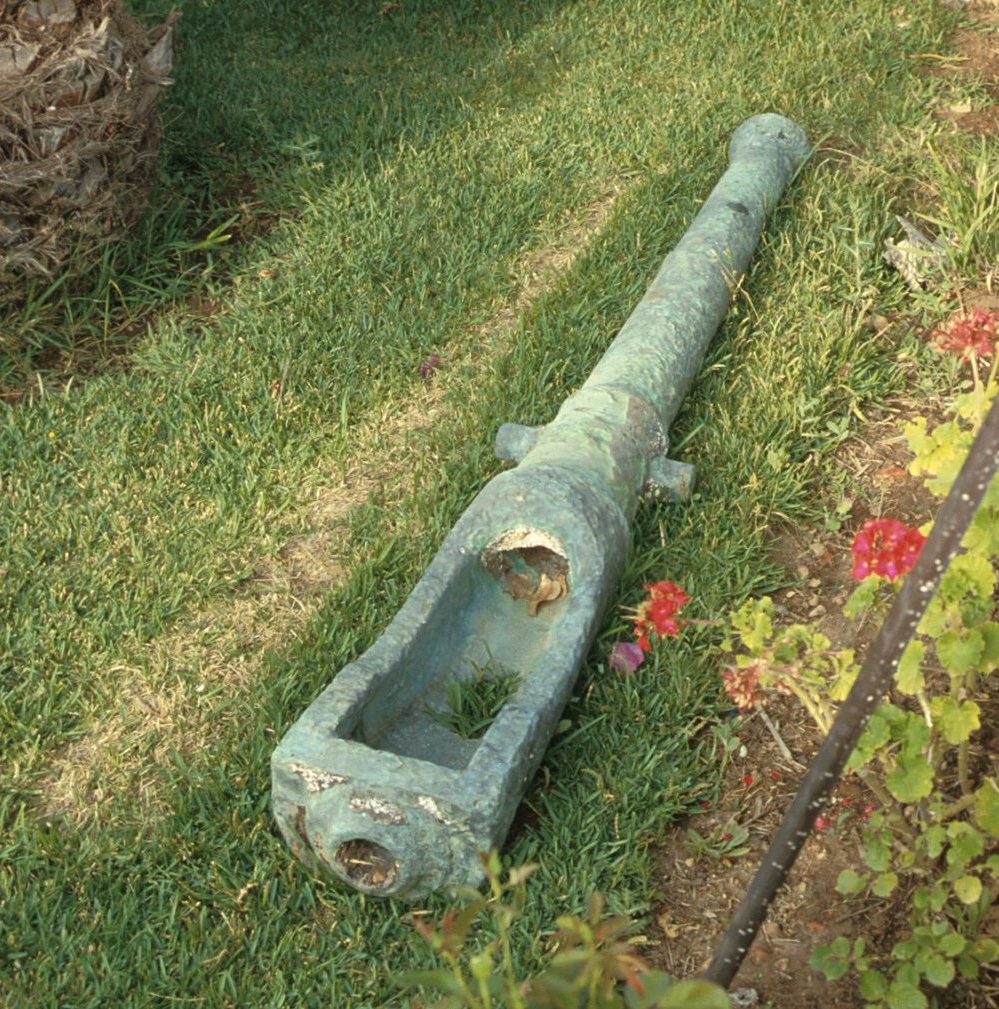La Condesa (1555)
Filipe Castro
Country: Portugal
Place: Carrapateira
Coordinates: Lat. ; Long.
Type: Nau
Identified: Yes
Dated: 1555
Introduction
This shipwreck is believed to be that of the Spanish nao La Condesa, part of D. Gonzalo de Carvajal 1555 small fleet, which was lost on the Portuguese coast.
The fleet was composed of three vessels, the capitana San Salvador, under the command of D. Gonzalo de Carvajal, the nao Santa Catalina, from Biscay, under Gregorio de Renteria, and the nau La Condesa, under captain Martin Alterco.
The story of this fleet has not been investigated by professional historians and treasure hunters are divided over the names of these ships. Some say that the name of the capitana, which was unloaded in Lisbon, is unknown, and that the other two vessels, lost at Buarcos and Carrapateira, were named San Salvador.
Caught in a storm, San Salvador was beached near Buarcos and salvaged, Santa Catalina was beached near Lisbon and salvaged as well. Their cargoes were sent to Spain by road. The nao La Condesa was never found, in spite of the efforts of a Spanish searching party around Carrapateira, in 1556, under the command of Alonso de Baeça.
It was found in the 1980s by sport divers and continuously looted since, every time the sea conditions expose the shipwreck.

The site has been described as a pile of bronze guns, perhaps more than 40. A second site, with a cache of iron swivel guns, was indicated to the authorities in 1998 by an Italian looter, familiar with the site.
Looting

One bronze gun is said to have been salvaged from this site by the looters and sold in Algarve, and another, smaller, is supposedly in the living room of one of the divers.
One of the looters described the site as having a large number of bronze guns lying perpendicularly to the keel axis and some still having iron concretion protruding from the bottom, on both sides, as if they were part of the gun carriages.
When treasure hunting was briefly legalized in Portugal, in the early 1990s, a French team proposed to salvage the site against the payment of a fee or a part of the artifacts. The resistance offered by the National Museum of Archaeology and the private, non-profit association Arqueonáutica Centro de Estudos triggered a violent reaction from the looters and the treasure hunters, and it is said that the site was further looted, as it so often happens.
In any event, the Portuguese cultural agency did not seem to care about the site, or the threats of destruction pending, and there are no news from it in about 30 years.
Team
This site was partially surveyed by a team from the Portuguese agency CNANS, sponsored by the American RPM Foundation, in 2000 and 2001, under the direction of archaeologist Jean-Yves Blot, who located the second site, in the place indicated by the Italian looter.
Artifacts
Stories of artifacts looted from this site and sold to the UK have circulated for years.
Ballast
Not mentioned.
Anchors
Not mentioned
Guns
The site has been described by the looters as a large concentration of bronze guns. At least one was possibly raised by one of the looters. A cluster of iron guns was observed near the cliff, on the second site, possibly associated with this shipwreck.
Iron Concretions
Not mentioned.
Hull remains
Not mentioned.
Caulking
Not mentioned.
Fasteners
Not mentioned.
Size and scantlings
Not mentioned.
Wood
Not mentioned.
Reconstruction
There are no data to reconstruct this vessel.
References
There are no publications available about this site, other than popular newspaper and magazine articles, generally inaccurate.
